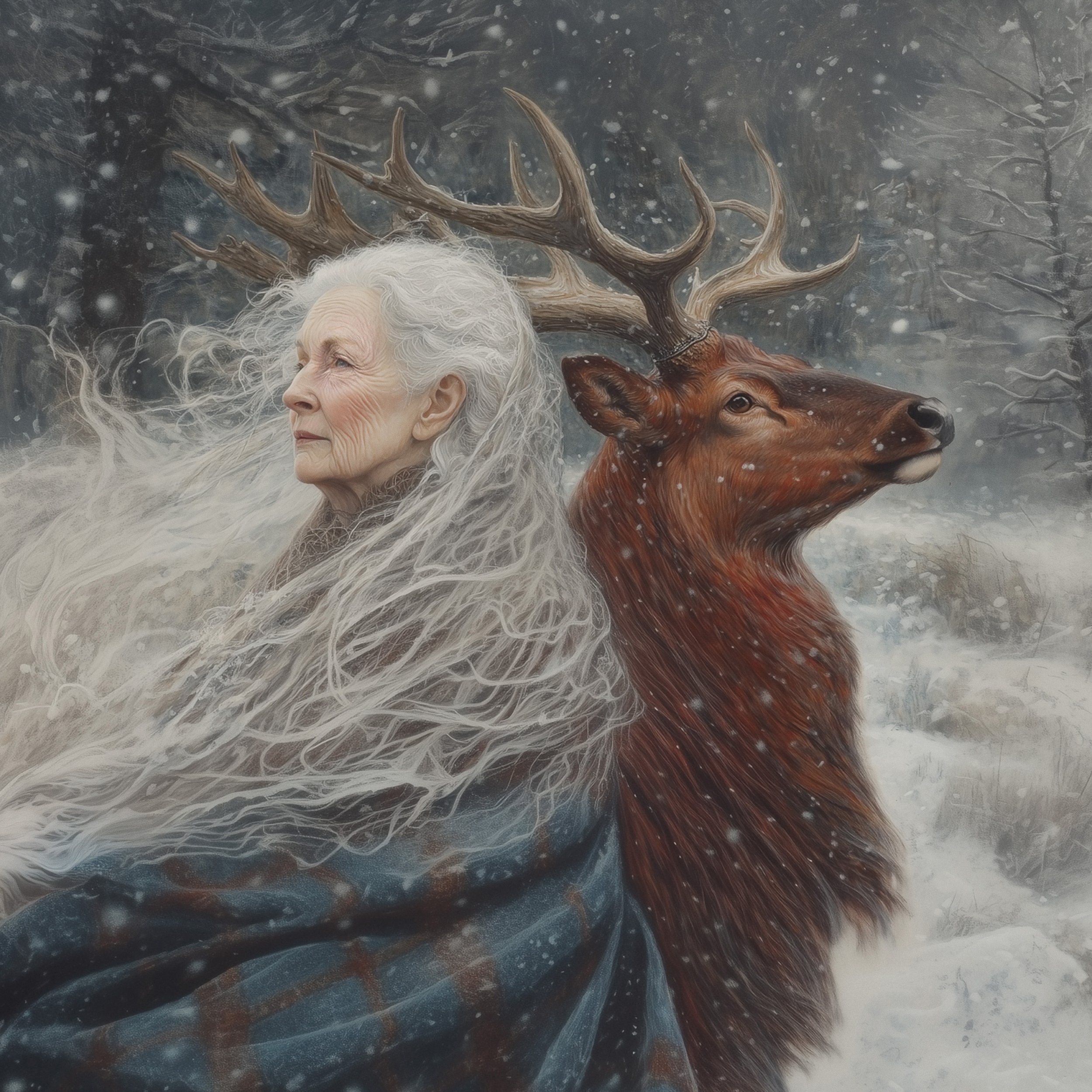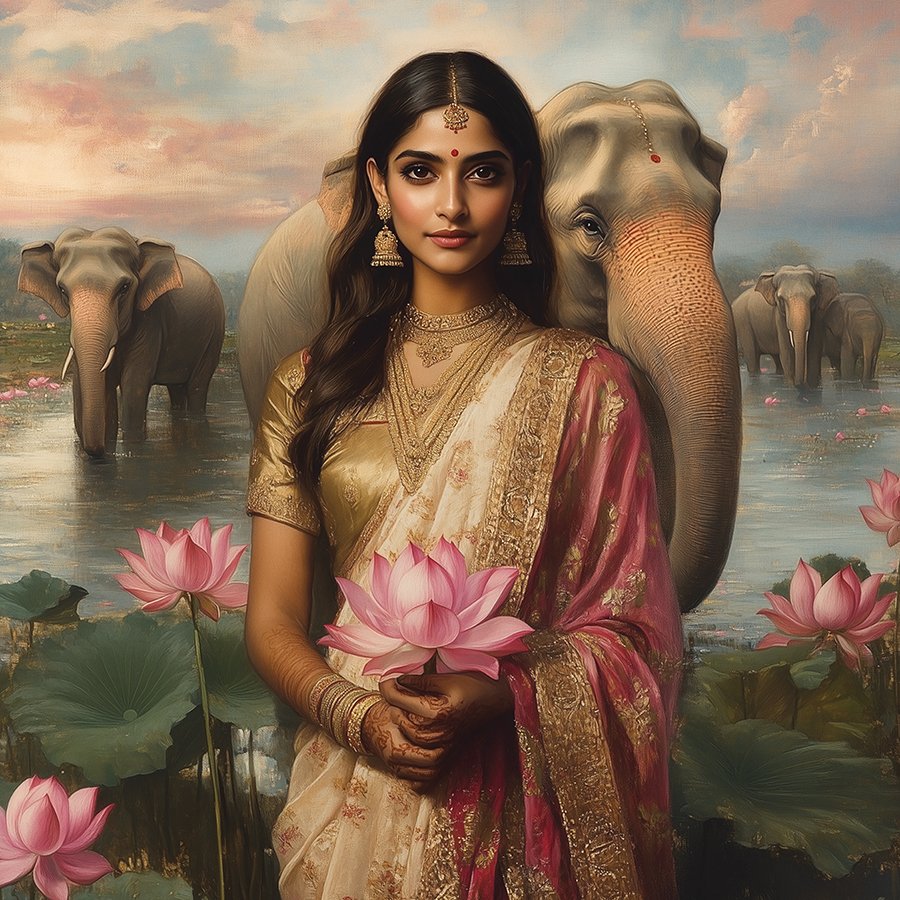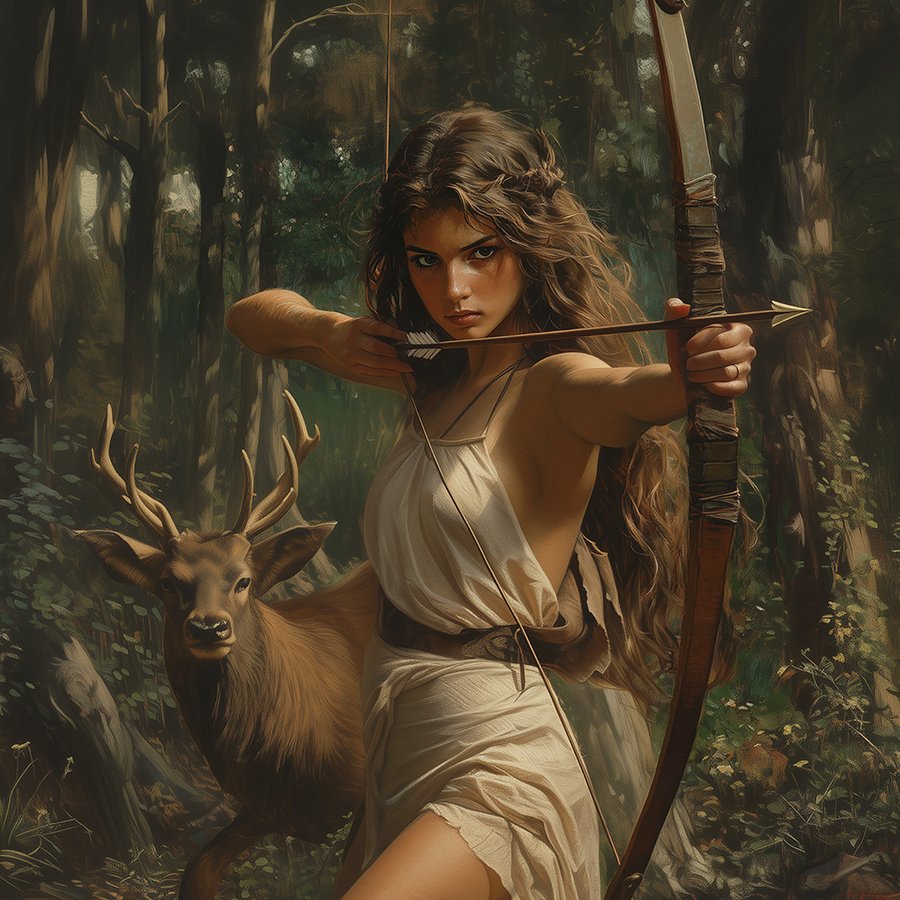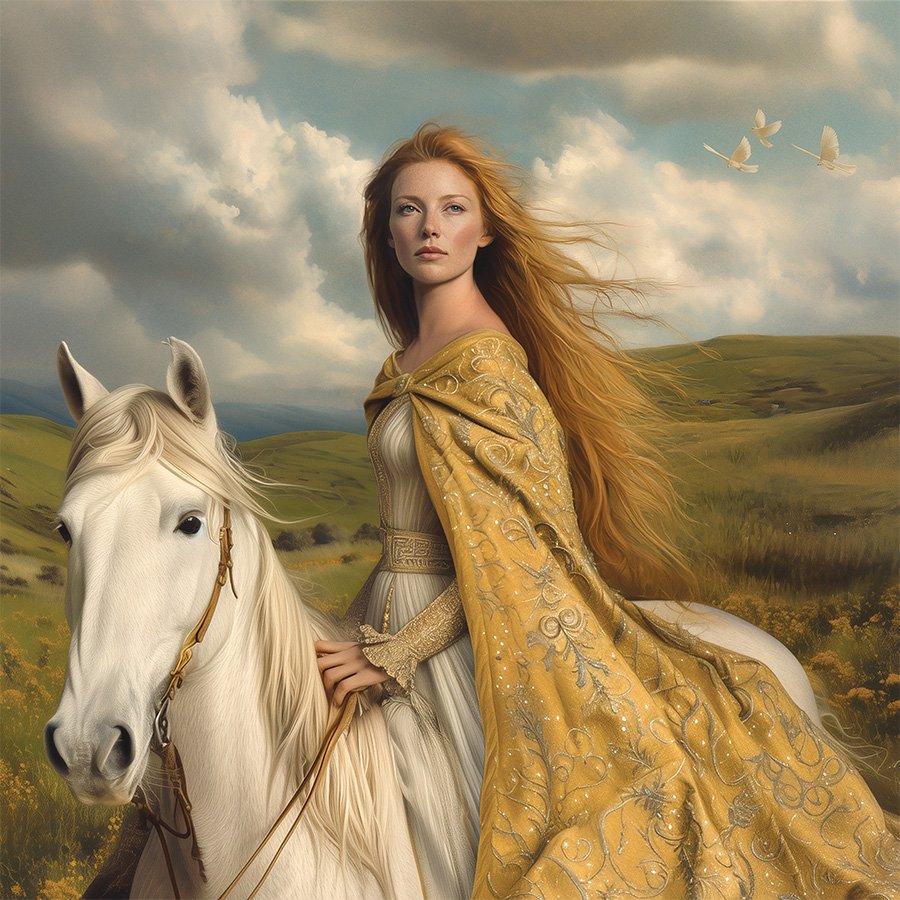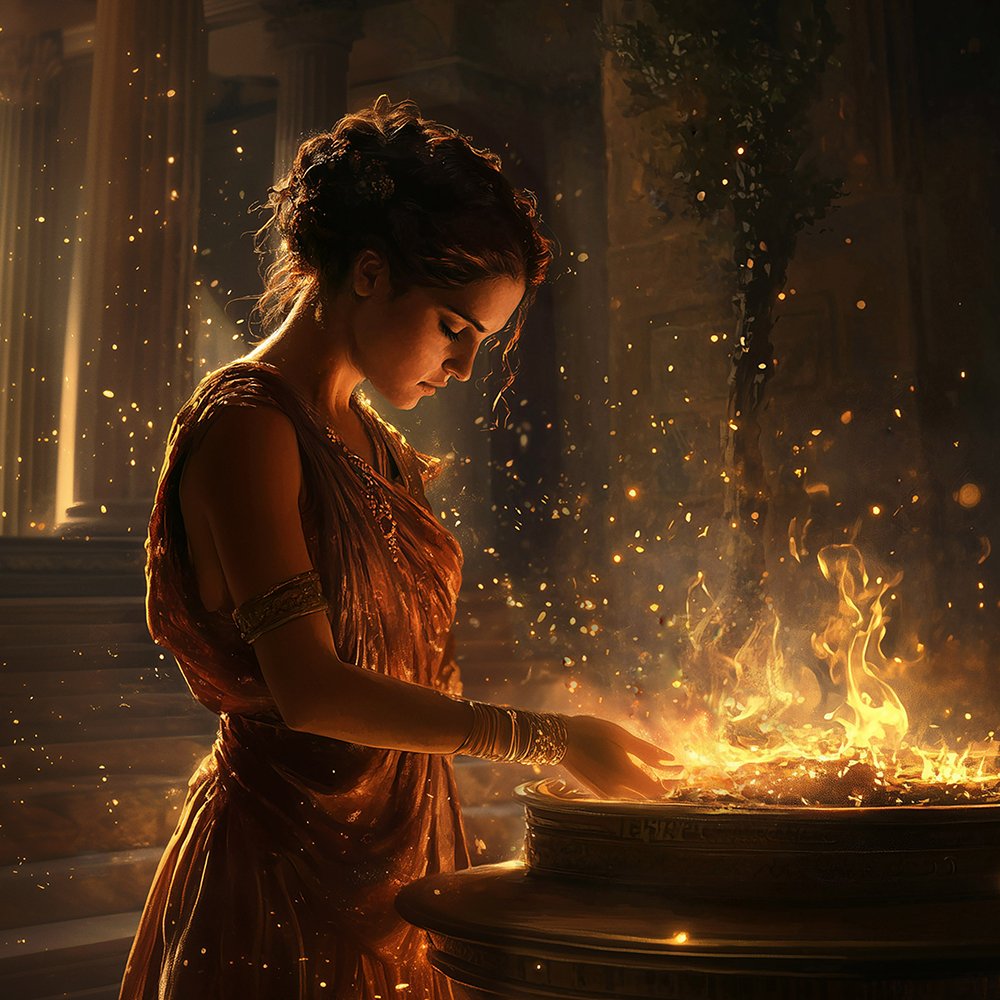Ma’at
Ma’at’s is one of the more enigmatic deities in Egyptian mythology. She isn’t just a goddess she is the embodiment of truth, justice, balance, and cosmic order. Her presence kept chaos at bay and offered a path to harmony. In an age overwhelmed by noise, imbalance, and distortion, Ma’at speaks through conscience, reminding us that true justice is rooted in integrity and that the foundation of order is always internal.
Ishtar/Inanna
Originating in ancient Mesopotamia, Inanna, also known as Ishtar, embodies love, fertility, war, and the cycle of creation and destruction. As Queen of Heaven and Earth, she reflects both fierce power and deep vulnerability. Her descent into the Underworld symbolizes profound transformation.
The Cailleach
In the heart of Winter, the Cailleach emerges as the ancient goddess of storms and transformation. Her presence reminds us of the power in stillness and the wisdom found in the cycles of nature, urging us to honor the quiet depths before the return of Spring.
Sedna
In the depths of Arctic waters, Sedna reigns as the resilient sea goddess of Inuit mythology. Her tale of betrayal and transformation speaks to the cycles of loss and rebirth. As winter’s stillness envelops us, Sedna’s story reminds us of the strength found in surrender and the power that emerges from embracing our deepest wounds.
Hera
Hera, the revered queen of the Olympian gods, embodies sovereignty, commitment, and the complexities of partnership. Often overshadowed by tales of jealousy, her narrative invites a deeper exploration of divine feminine power and the sacredness of vows. Through her, we examine the balance between autonomy and union.
Sekhmet
My rekindled love for mythology was ignited by Sekhmet, the ancient Egyptian goddess of the scorching desert sun, plague, chaos, war, and healing. Her dual nature reflects the balance between creation and destruction, making her a profound figure in both ancient rituals and modern interpretations.
Artemis
Artemis, the Greek goddess of the hunt, wilderness, childbirth, and virginity, emerges as a formidable and influential figure, with origins in pre-Greek cultures of Asia Minor. Her association with the moon and her role in fertility and healing underline her spiritual significance, while her influence extends to modern Pagan and feminist movements, symbolizing female strength and autonomy.
Rhiannon
Rhiannon, the enigmatic horse goddess of Welsh lore, emerges from the mists of Annwn, the Otherworld, riding a white steed that no mortal can catch unless she wills it. Choosing love on her own terms, she defies expectations, only to face trials that test her strength and grace. Through unjust accusations and profound loss, Rhiannon endures, embodying the enduring power of the divine feminine and the mysteries that lie between the seen and unseen.
Hestia/Vesta
Hestia, the gentle guardian of the hearth, embodies the sacred flame that warms both home and spirit. Her quiet strength reminds us of the power in stillness and the importance of tending to our inner sanctuaries with devotion and care.
Isis
As the Mid-Atlantic bids farewell to summer’s heat and humidity, a cooler breeze signals the approach of autumn—a season rich with change and renewal. It brings to mind the cycles of life and death, growth and decay, echoing the story of Isis, the Egyptian goddess of motherhood, magic, and transformation. Her story is one of unwavering devotion and transformative power, guiding us to embrace our own cycles of loss and renewal with grace and resilience.





